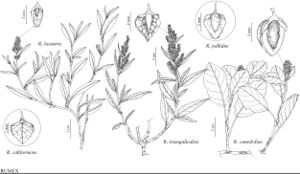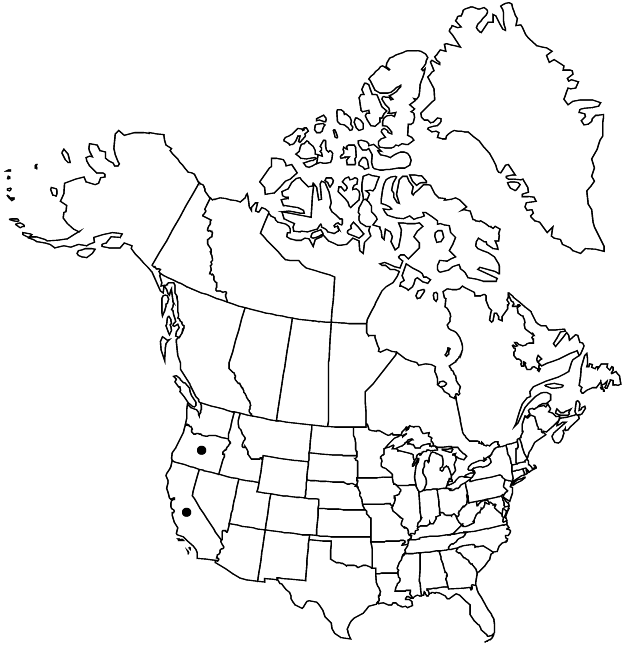Difference between revisions of "Rumex lacustris"
Erythea 3: 63. 1895.
FNA>Volume Importer |
imported>Volume Importer |
||
| Line 8: | Line 8: | ||
}} | }} | ||
|common_names=Lake willow dock | |common_names=Lake willow dock | ||
| + | |special_status={{Treatment/ID/Special_status | ||
| + | |code=F | ||
| + | |label=Illustrated | ||
| + | }}{{Treatment/ID/Special_status | ||
| + | |code=E | ||
| + | |label=Endemic | ||
| + | }} | ||
|basionyms= | |basionyms= | ||
|synonyms={{Treatment/ID/Synonym | |synonyms={{Treatment/ID/Synonym | ||
| Line 50: | Line 57: | ||
|publication title=Erythea | |publication title=Erythea | ||
|publication year=1895 | |publication year=1895 | ||
| − | |special status= | + | |special status=Illustrated;Endemic |
| − | |source xml=https:// | + | |source xml=https://bibilujan@bitbucket.org/aafc-mbb/fna-data-curation.git/src/bb6b7e3a7de7d3b7888a1ad48c7fd8f5c722d8d6/coarse_grained_fna_xml/V5/V5_1046.xml |
|subfamily=Polygonaceae subfam. Polygonoideae | |subfamily=Polygonaceae subfam. Polygonoideae | ||
|genus=Rumex | |genus=Rumex | ||
Revision as of 23:28, 27 May 2020
Plants perennial, glabrous or papillose-pubescent especially on abaxial surface of leaf blades in terrestrial forms, with vertical or creeping rootstock, occasionally with creeping rhizomes. Stems erect, ascending, or submerged and/or floating (in aquatic forms), usually producing numerous axillary shoots below 1st-order inflorescence or at proximal nodes (especially in aquatic plants), 40–70(–90) cm. Leaf blades very variable, in aquatic submerged forms usually ovate-lanceolate to lanceolate, glabrous or nearly so; in terrestrial forms lanceolate, papillose-pubescent abaxially, (2–)3–7 × (0.5–)1–3 cm, usually ca. 3.5–5 times as long as wide, widest near middle, thin or occasionally subcoriaceous in terrestrial plants, base cuneate, margins entire, flat or undulate, apex acute or subobtuse. Inflorescences terminal and axillary, terminal usually occupying distal 1/5 or less of stem, dense or interrupted in proximal 1/2 usually narrowly paniculate (branches simple and comparatively short). Pedicels articulated in proximal 1/2, or almost near middle, filiform (slightly thickened distally), 2.5–4(–6) mm, subequal to inner tepals or at most 2 times longer, articulation indistinctly swollen. Flowers 10–20 in whorls; inner tepals ovate or elliptic, occasionally elliptic-triangular, 2–2.5(–3) × 1–1.5(–2) mm, base truncate or broadly rounded-cuneate, margins entire or very indistinctly erose, apex subacute or obtuse; tubercles 3, equal or subequal (much narrower than inner tepals), smooth or slightly verrucose. Achenes brown or dark reddish brown, 1.5–2.2 × 0.8–1.2 mm. 2n = 20.
Phenology: Flowering spring–early summer.
Habitat: Shores of slightly saline lakes, often aquatic
Elevation: 1000-2500 m
Discussion
Rumex lacustris is represented by two ecotypes: submerged aquatic forma lacustris (= forma aquatilis Rechinger f.), and terrestrial forma terrestris Rechinger f. The latter is unique among representatives of the R. salicifolius aggregate, which are normally glabrous, in having distinctly papillose-pubescent leaves. The species may occur also in the adjacent part of northern Nevada.
Selected References
None.

